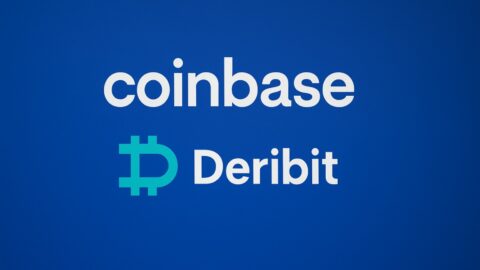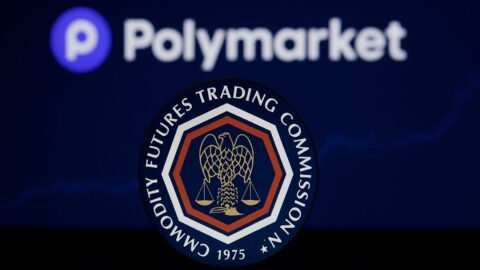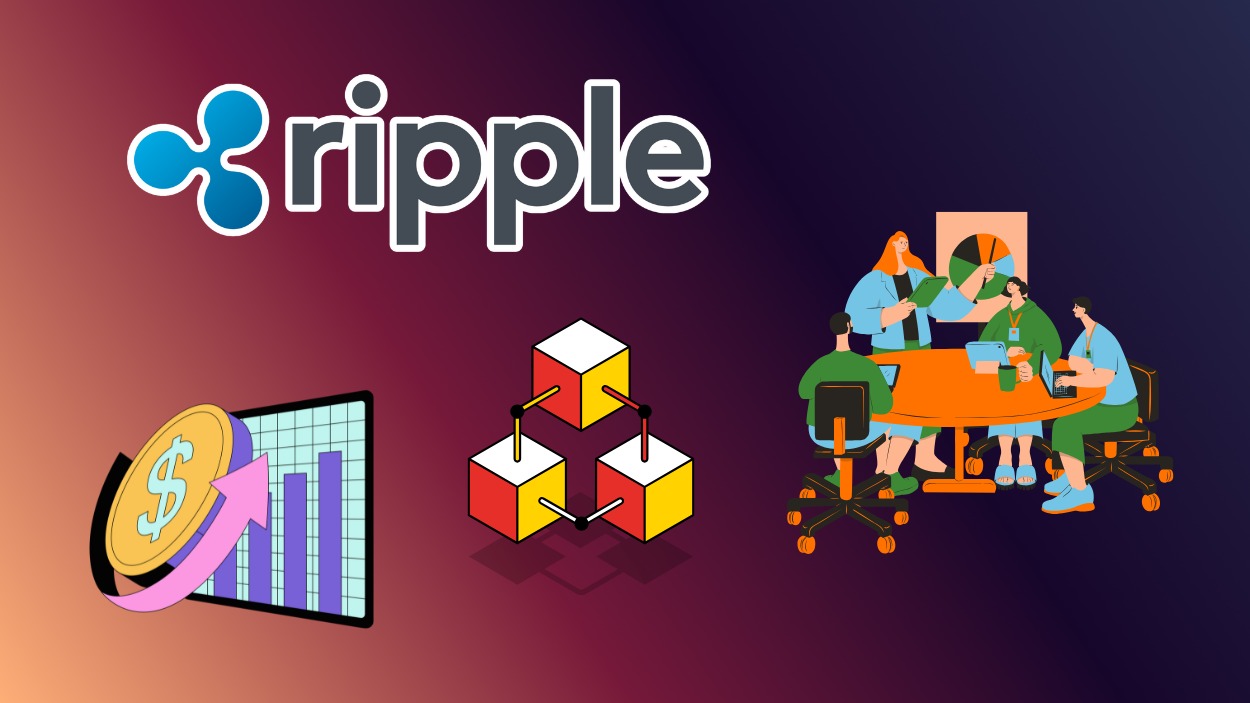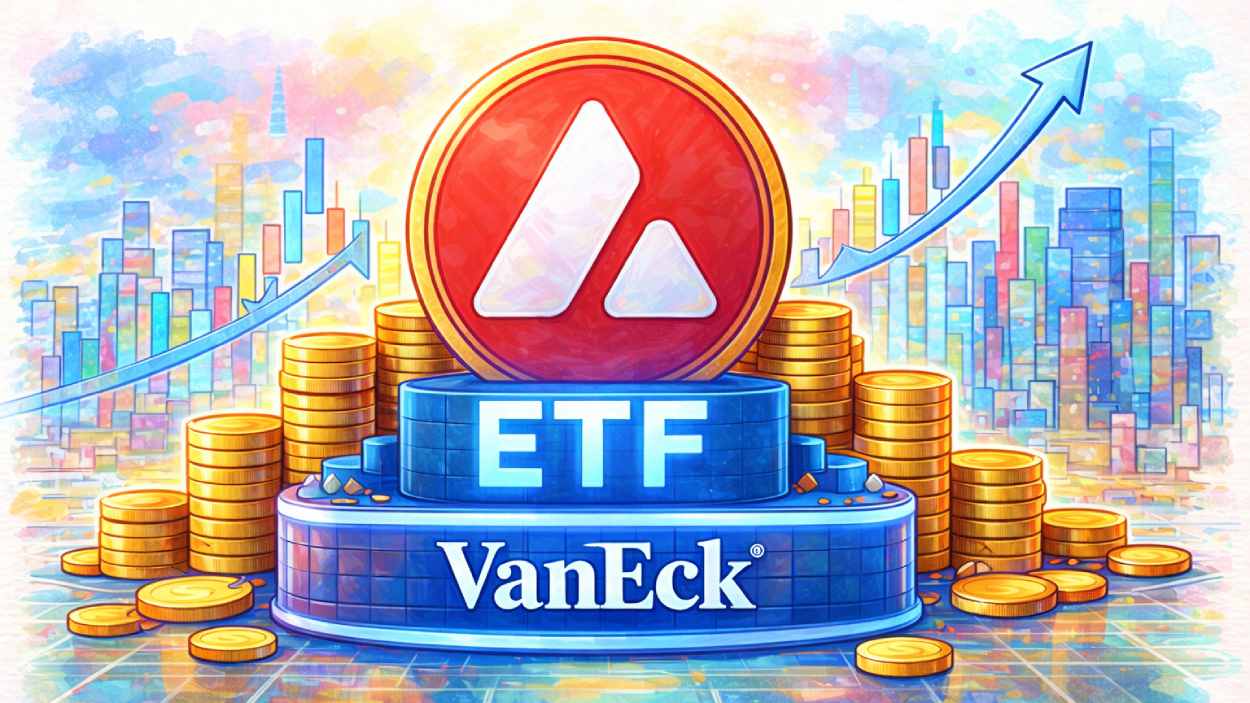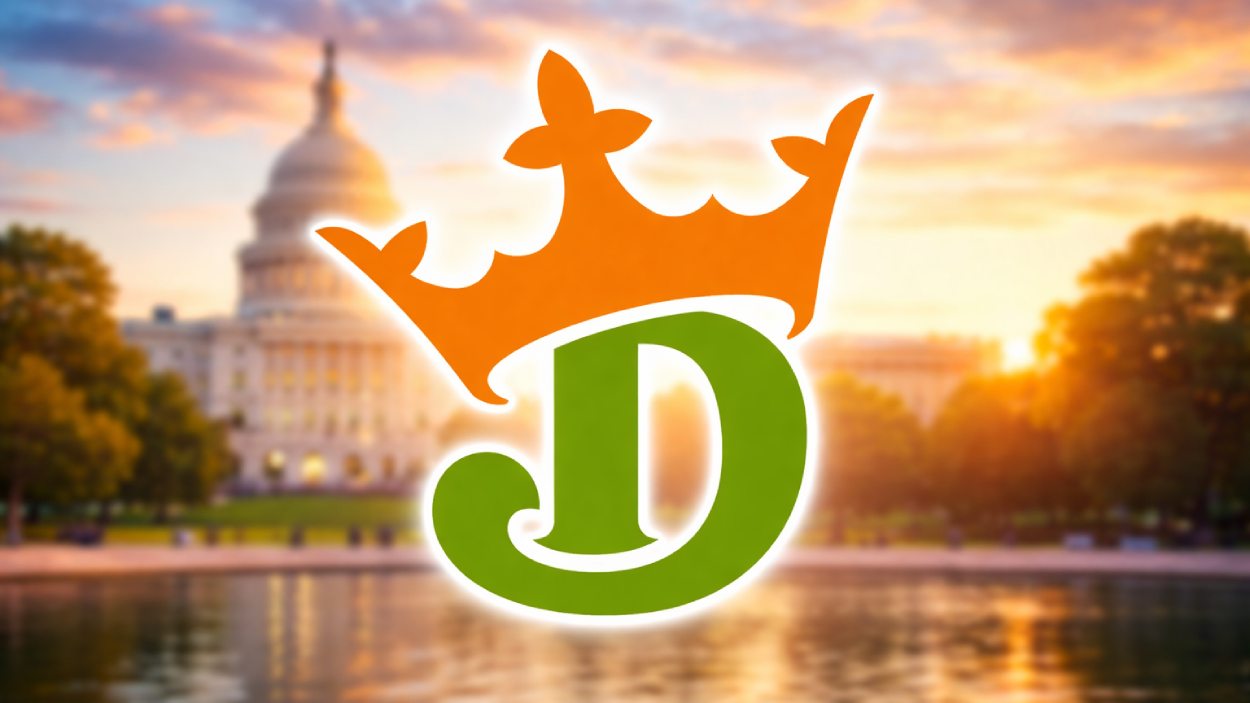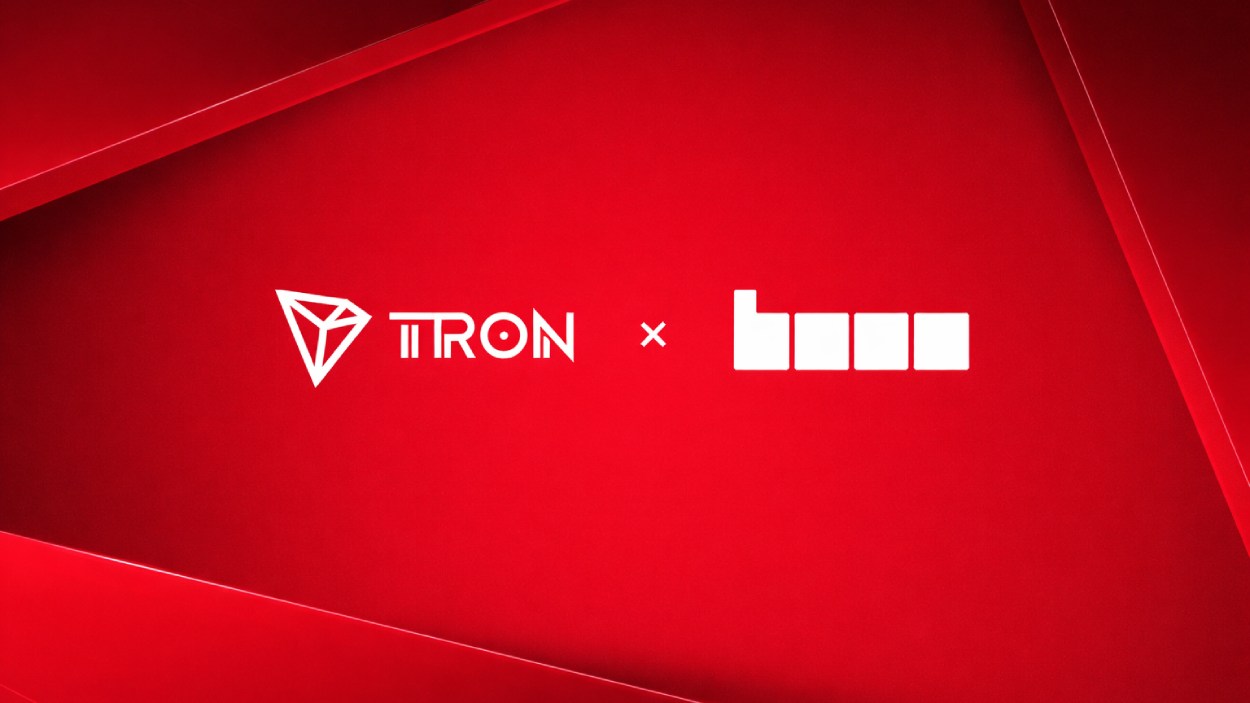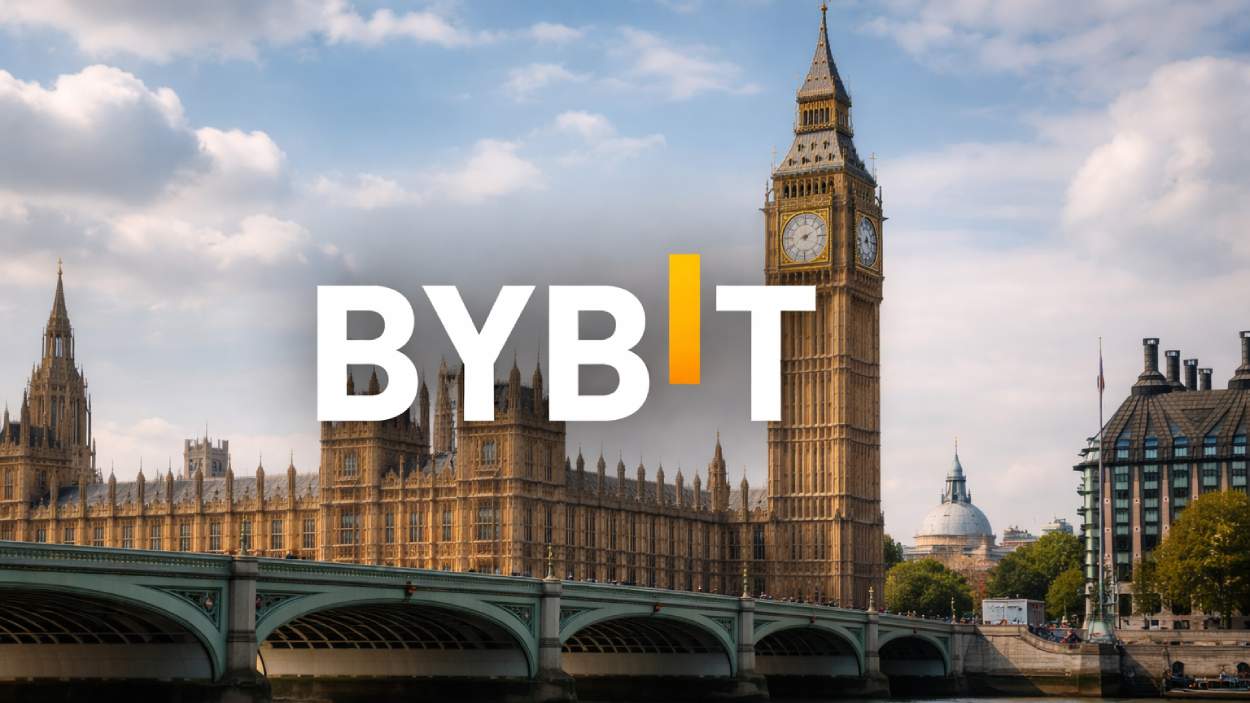Binance Alpha has confirmed the listing of STBL, the governance token behind a new stablecoin ecosystem created by Tether co-founder Reeve Collins.
Key Takeaways
- Binance Alpha will begin trading STBL on September 13, with Alpha Points holders gaining early airdrop access.
- The STBL ecosystem includes the USST stablecoin backed by U.S. Treasuries, the YLD yield token, and STBL governance token.
- The project raised pre-seed funding led by Wave Digital Assets, a firm with more than $1 billion under management.
- STBL enables community-driven governance, with token holders voting on upgrades, treasury allocations, and risk policies.
What Happened?
Binance Alpha announced that it will list STBL this week, offering traders and investors early exposure to a governance token designed to oversee a stablecoin system backed by real world assets. The listing follows a successful funding round led by Wave Digital Assets and introduces an ecosystem combining traditional financial backing with decentralized governance.
Get ready! Binance Alpha will be the first platform to feature STBL (STBL) on September 13.
— Binance Wallet (@BinanceWallet) September 11, 2025
Eligible users can claim their airdrop using Binance Alpha Points on the Alpha Events page once trading opens. Further details will be announced soon.
Please stay tuned to Binance’s… pic.twitter.com/euegXJxzFK
Binance Alpha’s Early Access Role
Binance Alpha has become a testing ground for promising blockchain projects before they move to the main exchange. By hosting the STBL listing, Alpha provides users with early insights into the stablecoin’s infrastructure and governance framework. Alpha Points holders will gain exclusive access to an airdrop through the platform’s events page, further incentivizing community engagement.
Inside the STBL Ecosystem
The STBL project is built on a three token structure:
- USST: a stablecoin backed by U.S. Treasury bonds.
- YLD: a yield token representing the rights to income from underlying assets.
- STBL: the governance token that oversees protocol operations.
This setup introduces what the team calls yield splitting technology, a solution to one of the stablecoin sector’s biggest challenges. Traditionally, users had to choose between keeping liquidity active or earning yield. With this model, USST can circulate in decentralized finance applications while YLD tokens secure income streams from Treasuries.
Governance and User Participation
STBL is not just a utility token. It provides holders with voting power over essential decisions such as reserve composition, fee structures, reward systems, and risk frameworks. The governance design aligns the interests of participants with the protocol while offering transparency and accountability. The total supply is capped at 10 billion tokens, giving it a defined monetary framework.
Reeve Collins, who co-founded Tether and is now spearheading the STBL project, explained:
Competing in the Stablecoin Market
The project positions itself differently from existing solutions. While USDC and USDT direct yield back to issuers, and DAI locks liquidity, STBL separates liquidity from yield, aiming to satisfy both retail and institutional needs. Compared to synthetic alternatives such as Ethena’s USDe, the STBL protocol leans on traditional real world asset collateral, which may appeal to larger financial participants looking for security and compliance.
CoinLaw’s Takeaway
I think this launch is a big deal. In my experience, most stablecoins force users into tradeoffs, but STBL’s yield splitting model is genuinely innovative. What really caught my attention is that institutions may find this appealing since it combines the safety of Treasuries with the flexibility of DeFi. I found that Binance Alpha’s role here is also important because it signals Binance’s interest in supporting projects that bridge traditional finance and crypto. If the model works as promised, it could change how investors think about liquidity and yield in stablecoins.
Hover or focus to see the definition of the term.




